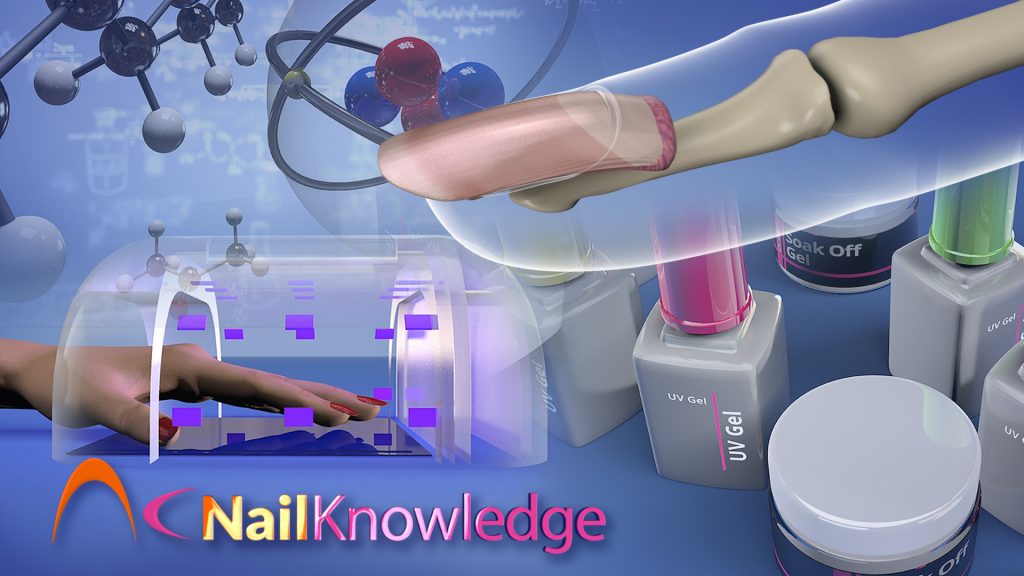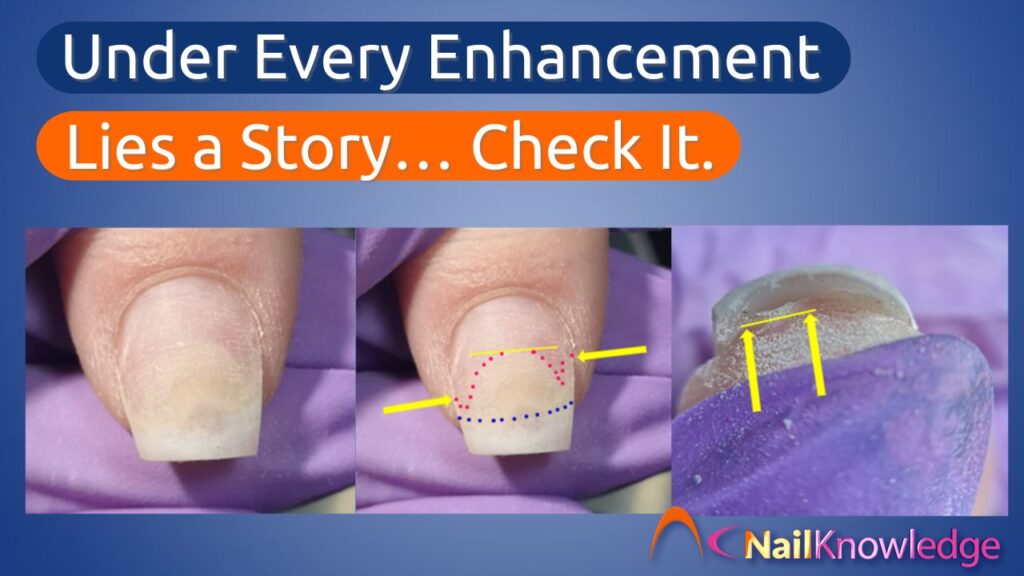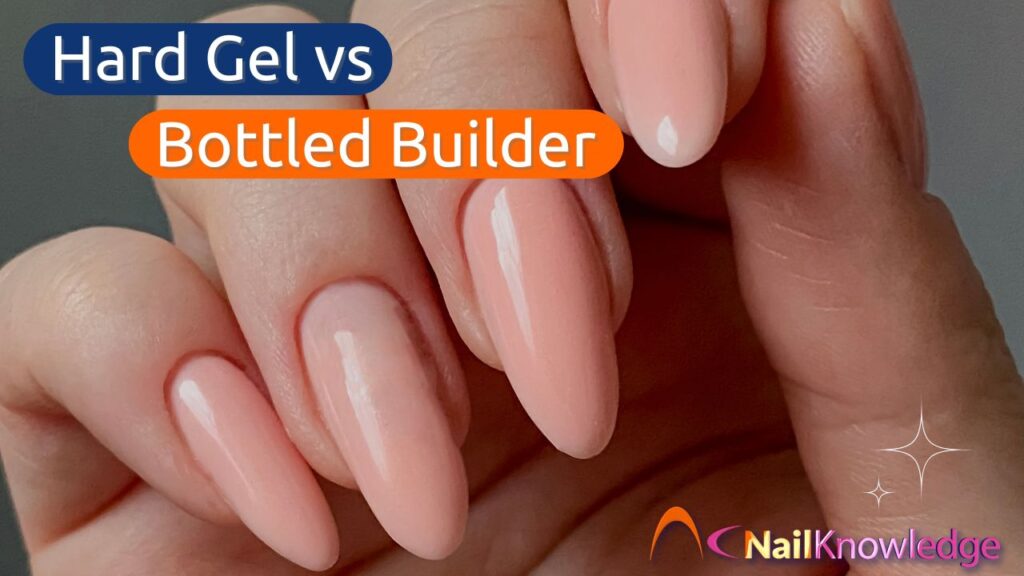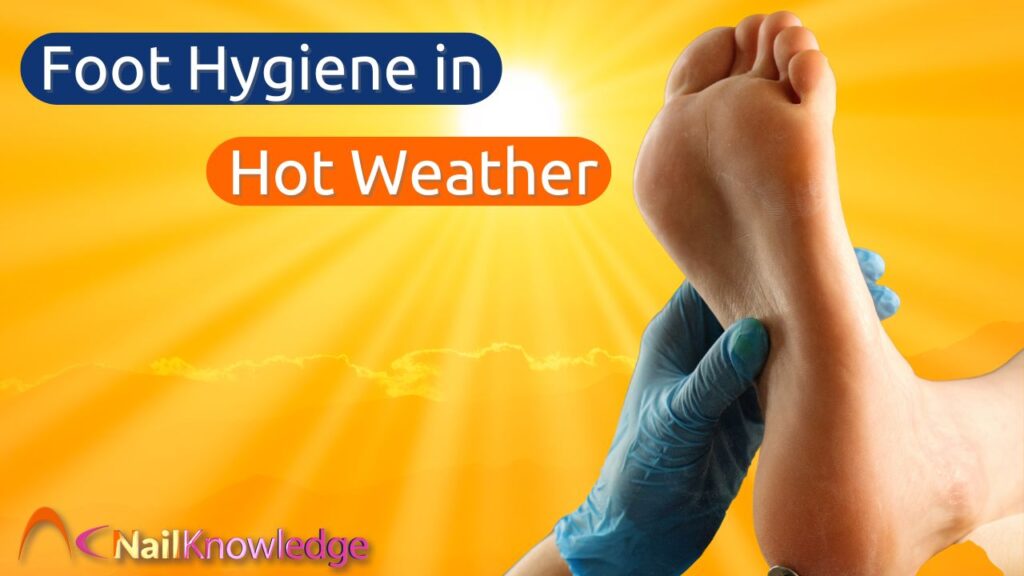
Welcome to our blog
We bring you the latest tips, trends, and expert advice on all things nails! Whether you’re a professional, student or enthusiast or simply looking to improve your nail health, we’ve got you covered.
What to Look for When Redoing or Rebalancing Artificial Nail Enhancements
There’s something incredibly satisfying about removing old gel polish or giving artificial nails a good rebalance. It’s like hitting the refresh button on your client’s hands. But here’s a question we should all ask ourselves: Are we really checking everything we need to when redoing or rebalancing artificial nail enhancements? Because if not, we might…
Should You Cut the Cuticle? The Actual Science Behind It
If you’ve ever paused with a pair of nippers hovering over your nails, you might’ve wondered: should you cut the cuticle? It’s one of the most searched questions in nail care,—and one of the most misunderstood. Scientifically speaking, the answer is more nuanced than a simple yes or no. It depends entirely on what you’re…
Hard Gel vs Bottled Builder
In recent years, the debate of hard gel vs bottled builder has taken centre stage in the nail industry. Though the term “builder” has exploded in popularity, many forget that builder gel has existed for decades, originally in the form of traditional hard gel in a pot. With bottled builders becoming the go-to for many…
Why Foot Hygiene in Hot Weather Matters More Than You Think
Summer’s here and the temperature’s climbing, but while you’re reaching for sunscreen and iced drinks, there’s one part of your body quietly suffering in the heat: your feet. Foot hygiene in hot weather isn’t exactly the most glamorous topic, yet it’s one of those small daily rituals that can make a big difference in how…
Introducing Salonpreneur Magazine
💼 The Business Magazine for Beauty & Wellness Professionals Are you a salon owner, freelancer, educator, or mobile beauty pro looking to grow your business and yourself? Then you already know the struggle: balancing the creative passion that drew you into this industry with the mindset, business strategy, and systems needed to make it sustainable.…
Skin and Nail Vitamins: Leading Beauty Magazines vs. the Real Science
We all want strong, glossy nails and glowing skin, and the rise of skin and nail vitamins promises just that. But are the capsules and claims truly backed by science, or are we still buying into outdated myths wrapped in shiny packaging? Leading beauty magazines have spotlighted expert opinions on skin and nail health supplements,…









